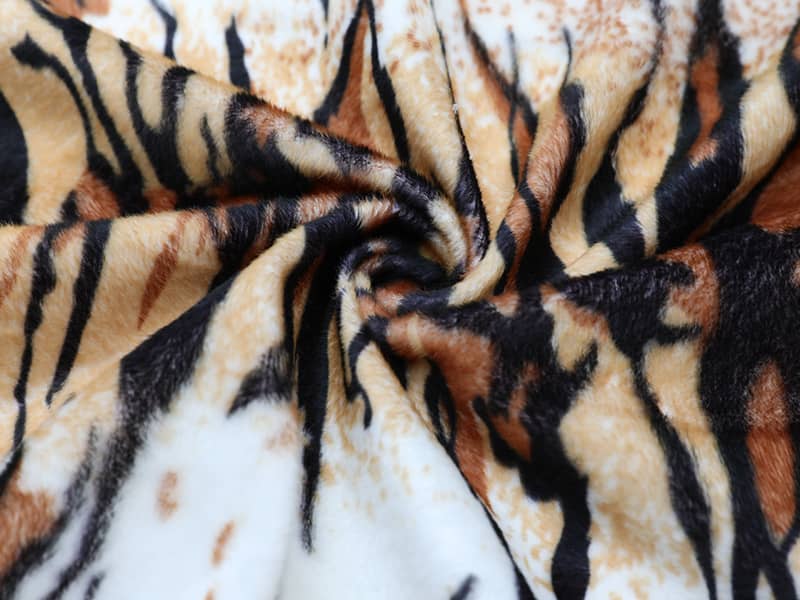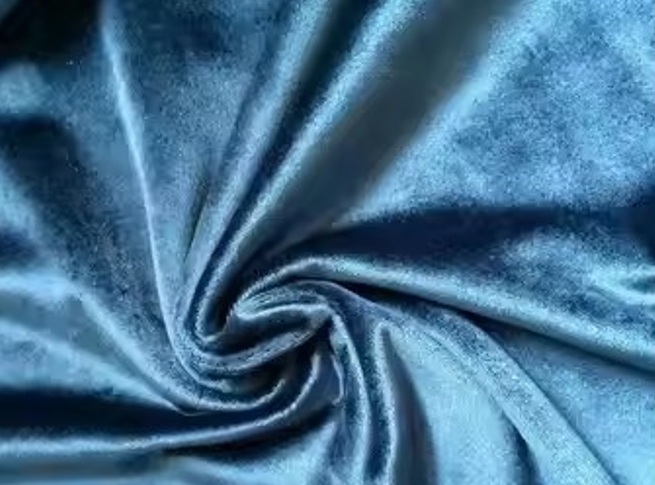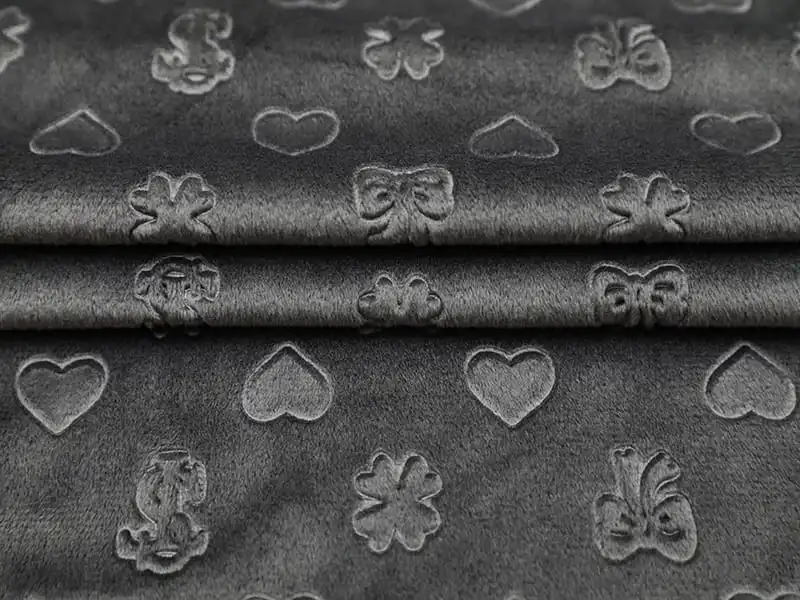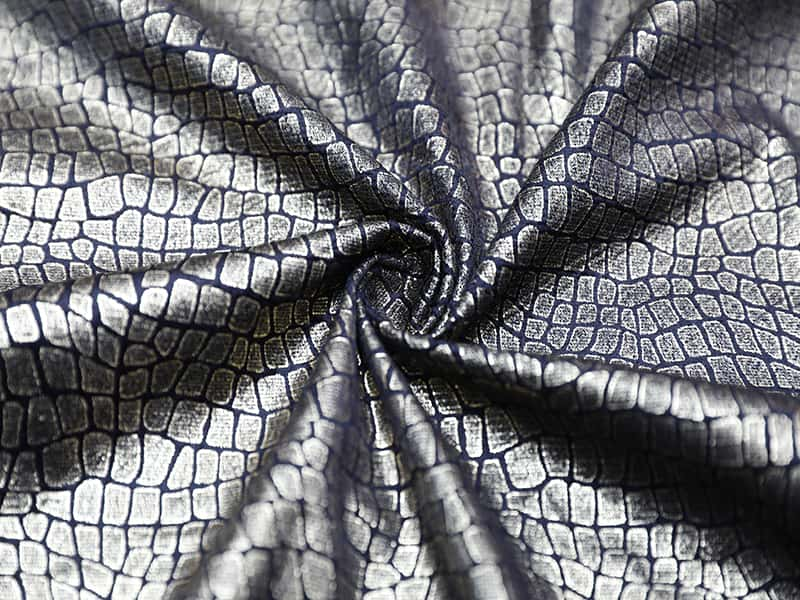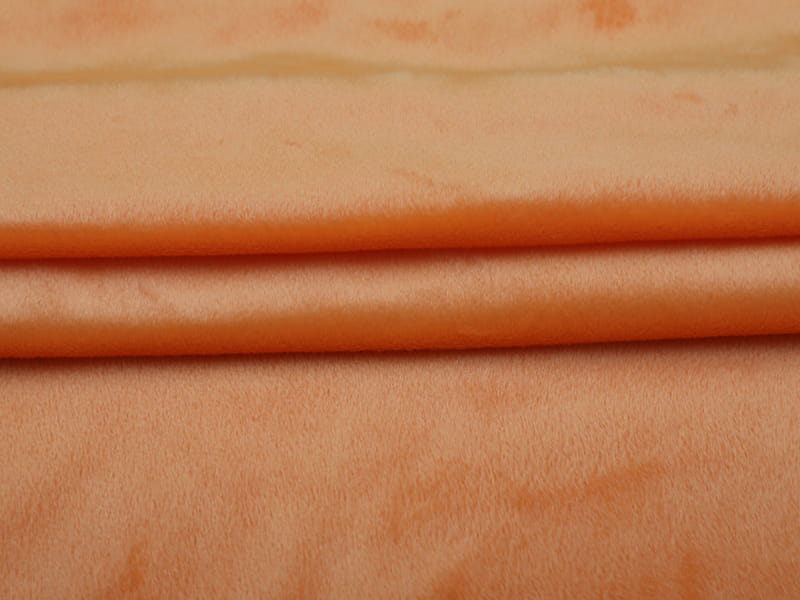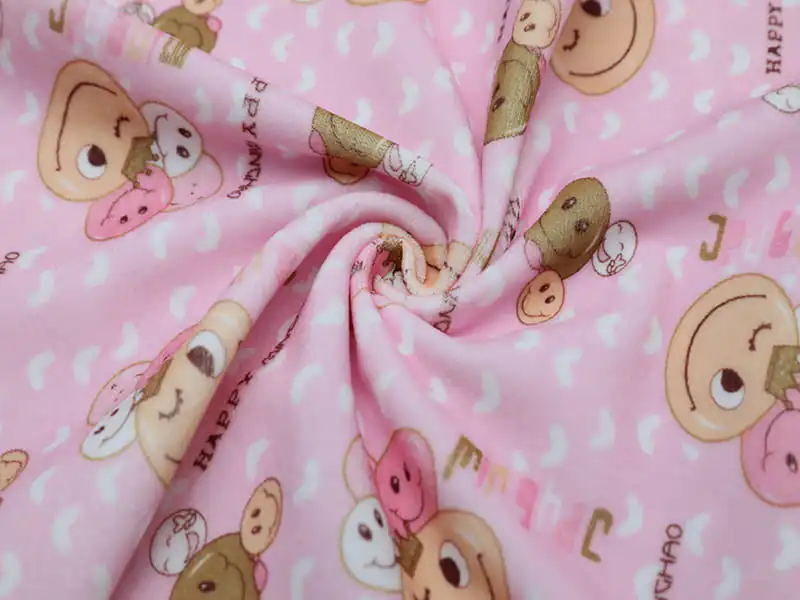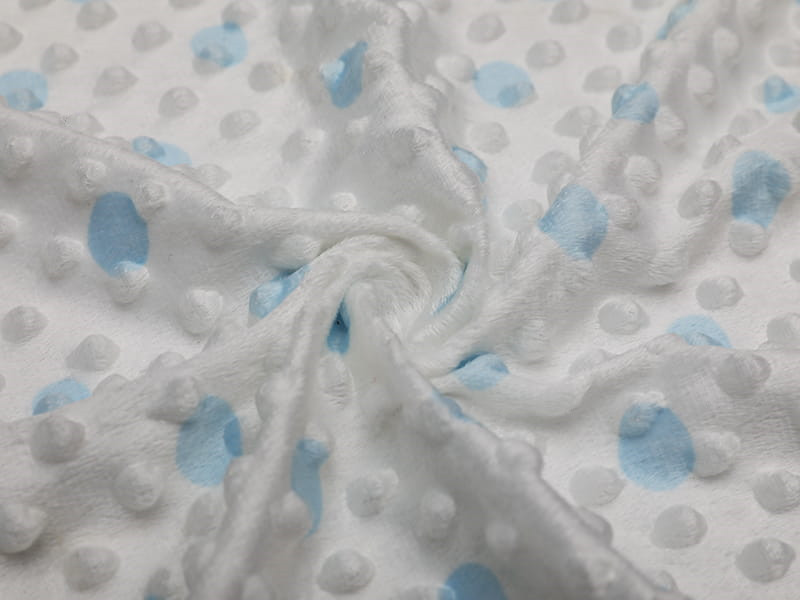In the vast world of textiles, the varieties of plush toy fabric are numerous, collectively creating the soft, approachable look and feel of a toy. Each fabric possesses its unique “temperament,” which dictates the final toy’s character and texture. For instance, short-pile plush, due to its fine tufts and smooth hand-feel, is often employed for detailed facial features or toys requiring a glossy surface. In contrast, long-pile plush, with its fluffy and warm characteristics, perfectly embodies animal figures like bears and lions that require dense fur. Additionally, Velboa offers a relatively flat yet velvety surface, commonly used for areas such as feet and palms. When selecting fabrics, manufacturers must not only consider their visual and tactile presentation but also analyze their cost-effectiveness, durability, and ease of post-processing. Different fabrics will exhibit significant variations in luster, elasticity, and the final fullness of the toy.
When a fabric is commissioned for a toy, especially one in intimate contact with children, safety and non-toxicity become the non-negotiable hard metrics, a red line that no aesthetic design or cost control can cross. This requires the fabric to comply with stringent international safety standards, strictly limiting the residue of harmful chemicals such as formaldehyde and decomposable aromatic amines, ensuring that children will not ingest or contact health-hazardous substances when hugging or chewing the toy. Beyond chemical safety, physical safety is equally important. For example, the fabric’s color fastness must withstand saliva and perspiration to prevent fading and staining. Concurrently, for stuffed dolls, the fabric also needs to possess a certain level of flame resistance to provide an added layer of security. Furthermore, for children with sensitive constitutions, choosing fabrics with anti-allergenic properties, such as specially treated polyester fibers or cotton blends, can effectively reduce the risk of allergic reactions, making the toy a truly safe companion.
For enthusiasts keen on DIY handmade plush toy creation, selecting the right cloth is the critical step in breathing life into their work. When choosing fabric, one must first determine the pile length and density based on the object being made. For instance, for small dolls requiring delicate expressions, a fabric with a shorter, densely woven pile should be chosen to allow for precise cutting and sewing of clear contours. Conversely, for items like pillows or cushions, one can boldly choose long-pile, fluffy, and highly soft fabrics to prioritize comfort. Fabric thickness and elasticity are also significant factors influencing the difficulty of the project. Thicker fabrics with moderate elasticity are generally easier for beginners to handle, while highly elastic fabrics, though granting the toy better shape-shifting ability, demand more advanced sewing skills. Remember, to achieve the best shaping results, beginners should typically opt for fabrics that do not curl easily and have clean-cutting edges, pairing them with sharp scissors and the appropriate needle size for their sewing machine.
A scientific and proper set of cleaning and maintenance methods is crucial for ensuring that a plush toy remains a long-lasting companion and retains its original quality. Since most plush fabrics are made of synthetic materials like polyester fiber, they generally do not tolerate high temperatures. Therefore, when washing, a mild, neutral detergent should be used, and cleaning agents containing bleach should be avoided to prevent damage to the fabric fibers or uneven coloring. For larger toys, it is recommended to use a low-speed gentle cycle in a washing machine or to hand wash to prevent stretching or shifting of the stuffing. The drying stage after cleaning is paramount; the toy must be air-dried flat or hung in a well-ventilated area away from direct sunlight. It is crucial never to use a dryer, as high heat can cause synthetic plush to shrink, harden, or even deform. Regularly brushing the toy gently with a soft-bristled brush, following the direction of the pile, can remove dust and restore the fabric’s fluffiness and luster.
Facing increasingly severe environmental challenges, eco-friendly sustainable plush toy fabrics are becoming an irreversible trend within the industry. Future fabrics will no longer be satisfied with merely being safe and non-toxic; they must also shoulder the responsibility of caring for the planet. This transition is mainly manifested in two aspects: firstly, utilizing recycled materials such as recycled polyester fiber (like RPET) to manufacture new plush cloth. By recycling waste like plastic bottles, this not only reduces the use of petroleum resources but also lowers the environmental pressure of waste. Secondly, actively developing and using natural organic fibers, such as organic cotton or bamboo fiber blends. These materials impose a smaller burden on the environment during their cultivation and processing and are more likely to biodegrade naturally after their lifespan ends. This pursuit of traceability and biodegradability signals that plush toy fabrics are moving toward a greener direction, more aligned with future consumption ethics.
